A skirt with an elastic band is a fairly simple item, even a novice needlewoman can handle sewing it. Such a garment does not require much fabric and other materials, and the result will undoubtedly please with its appearance. And although there should be no problems with sewing, it is better to learn tips and recommendations in advance on how to sew a skirt with an elastic band.
Choice of fabric
For sewing a skirt, it is recommended to select light, well-draped materials that can easily create a flounce shape and gather into folds. For these purposes, the best choice would be a fabric with elastane and synthetic fibers. Synthetic or silk chiffon, as well as light tulle, are suitable for making long skirts.
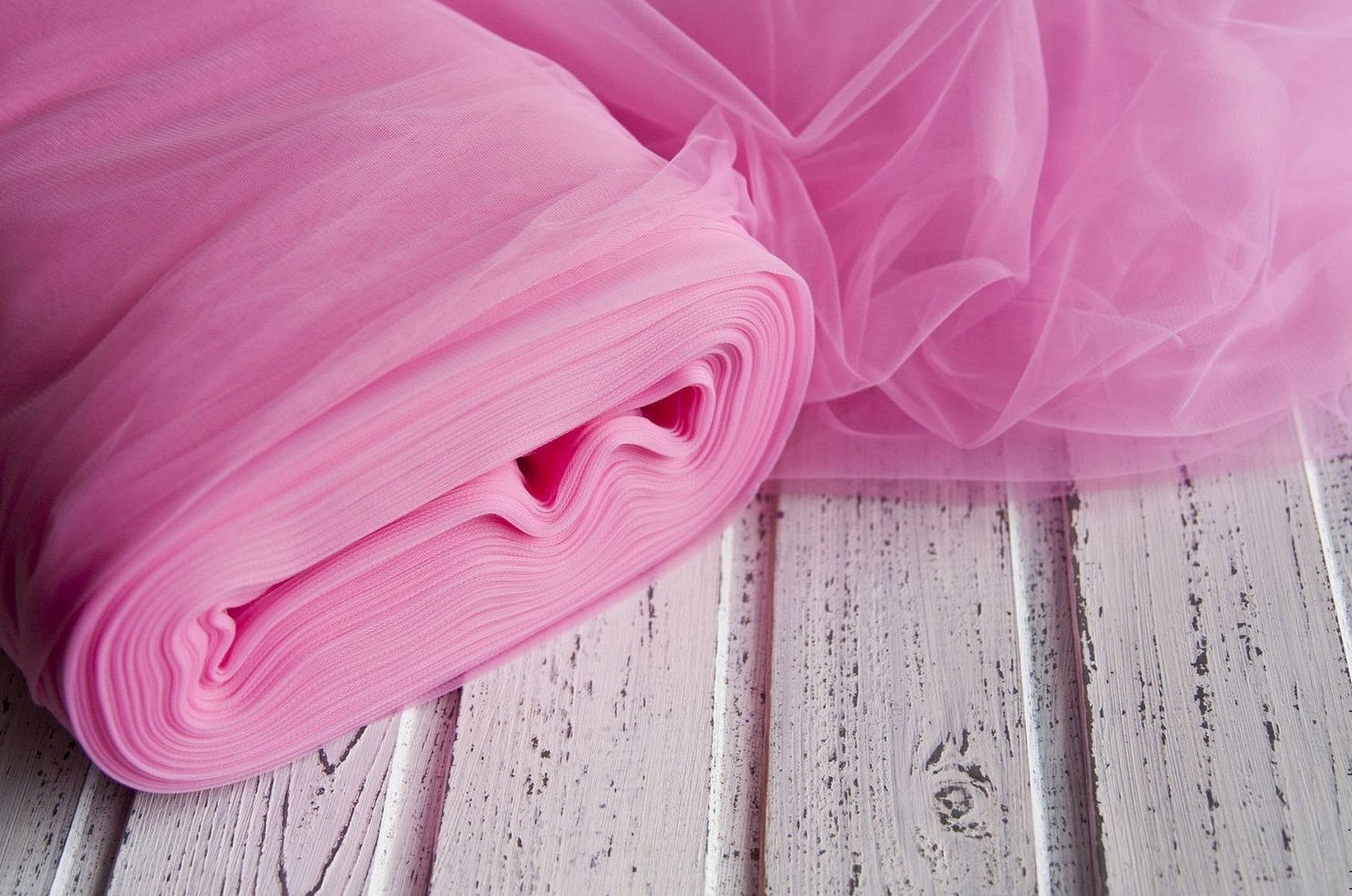
The use of knitted fabrics in combination with ribbing or plain jersey will ensure a good fit and adherence of the finished product.
Additional informationIf the material contains natural fibers that can shrink, then before cutting, the fabric is sprayed with water from a spray bottle or steamed with an iron.
Necessary measurements
In order to determine how much fabric you will need and what size the cutting will be, you need to take the following measurements in advance:
- Waist circumference (WC) - measured with a tape measure without tightening or loosening.
- Hip circumference (HC) - the measurement is taken with a lavsan film and all the bulges of the hips and abdomen are taken into account.
- Front-to-back waist diameter - measurement from the front to the back point of the waist.
- Front-to-back hip diameter - the same, but for the hips.
- Skirt length is the measurement from the elastic at the waist to the planned length of the skirt.
- The measurements for calculating darts are the horizontal distance from the waist to the most convex points on the hips in front, back and on the sides.
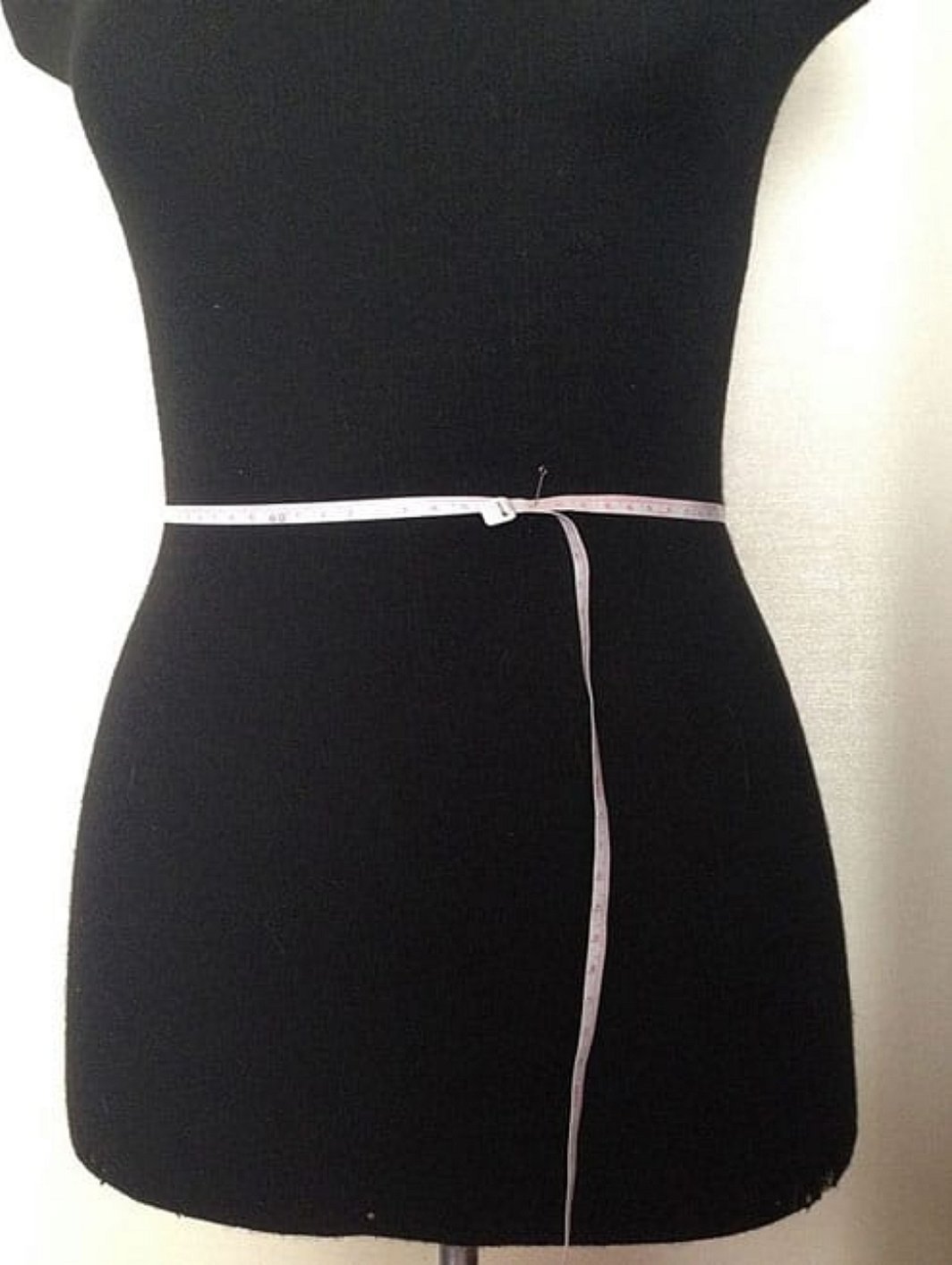
Fabric calculation
Based on the measurements, you can determine the required amount of fabric. In stores, it is usually sold in rolls 150 cm wide.
For a slim figure, when the hip circumference does not exceed 110 cm, this width of material is enough to sew a skirt with one seam. Thus, you should buy a piece of fabric according to the chosen length of the skirt. If the store only has fabric 80 cm wide, then you need to take a piece equal to two lengths of the skirt, but in this case it will already have two seams.
If the hip circumference exceeds 110 cm, then with a fabric width of 150 cm, you will need to purchase a piece equal to two lengths of the product or choose a different style.
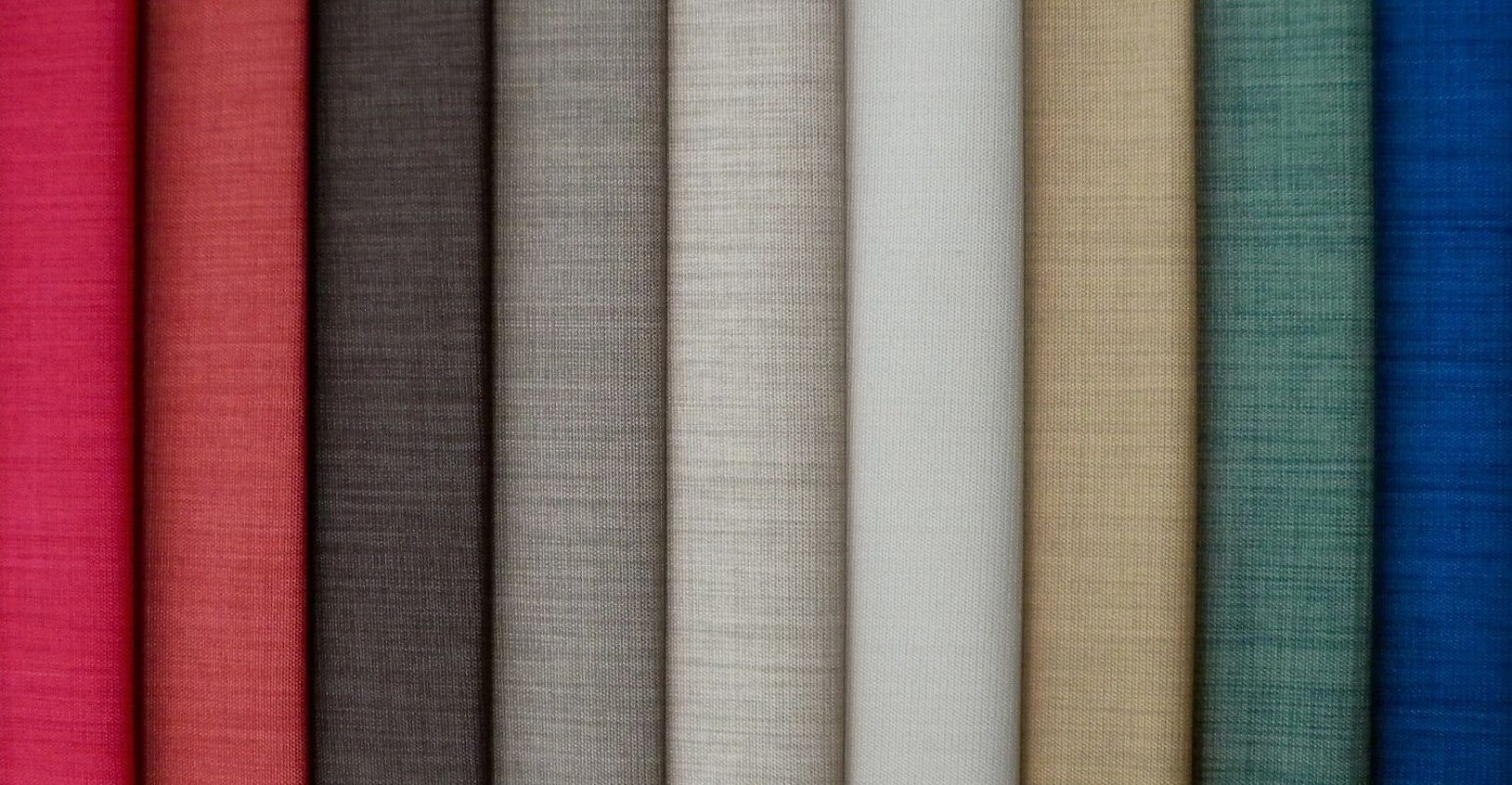
Sewing a skirt with your own hands
Before you start sewing your own piece of clothing, you should familiarize yourself with the existing options for elastic skirts and choose the most optimal one. Below are examples of how to sew a skirt with an elastic band with your own hands step by step.
Full half-sun skirt
Sewing this wide and fluffy skirt begins with a bias cut across the entire width of the fabric. The length of the finished product can be taken to the knee or to the floor. The material consumption for a garment of this style will be very large - approximately two lengths of the product, plus an allowance for processing the upper and lower edges.
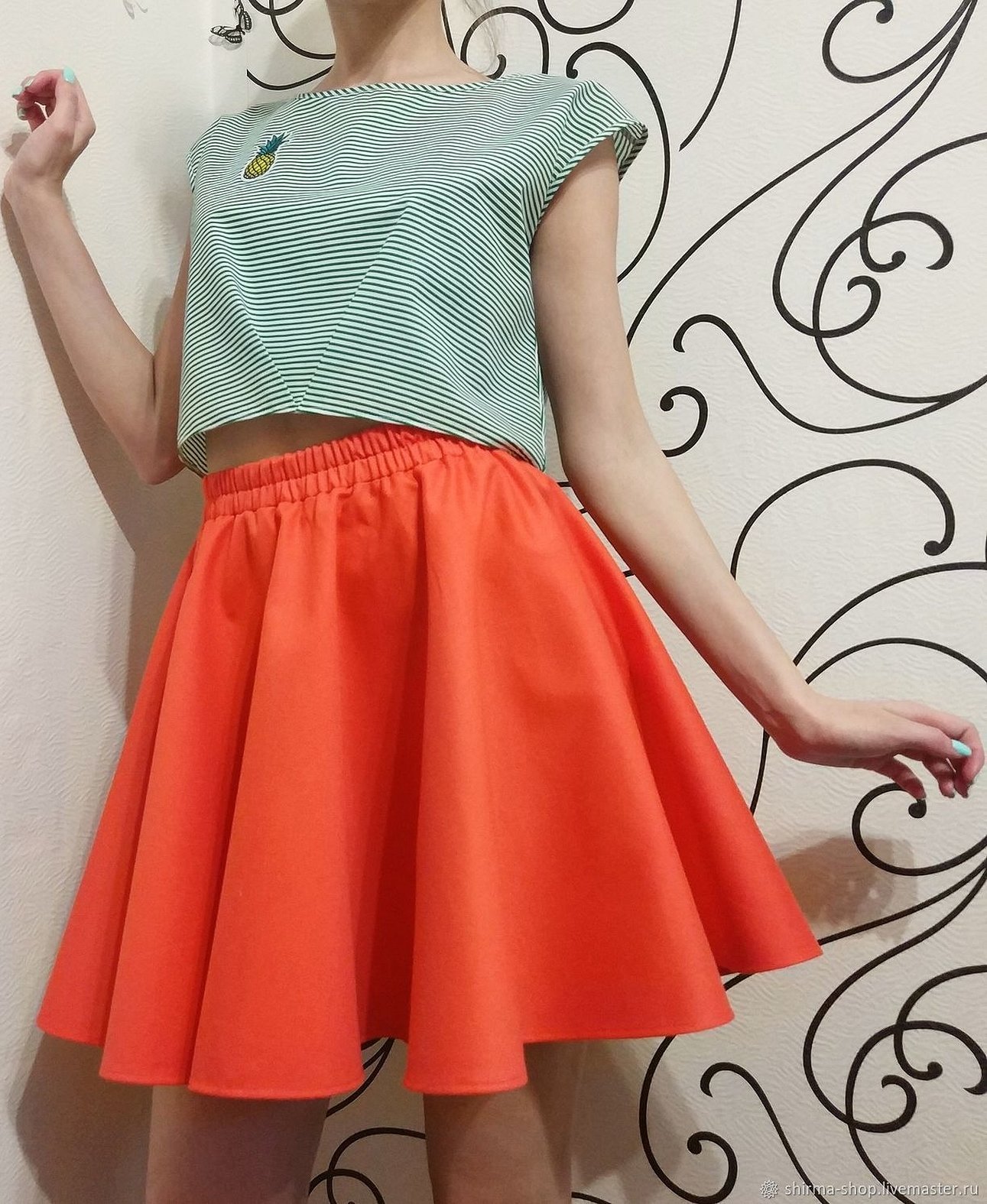
You can make a pattern directly on the fabric, but beginners are better off doing it on tracing paper or newspaper in the following sequence:
- The fabric is folded in half and placed on the table. The grain and weft threads will be the sides of the skirt.
- From the upper right corner of the fabric, measure a radius equal to the sum of the half-girth of the hips, the allowance for freedom of fit and the allowance for seams.
- A second radius is drawn equal to the planned length of the product plus seam allowance.
- Using the finished pattern, cut out two halves of the fabric.
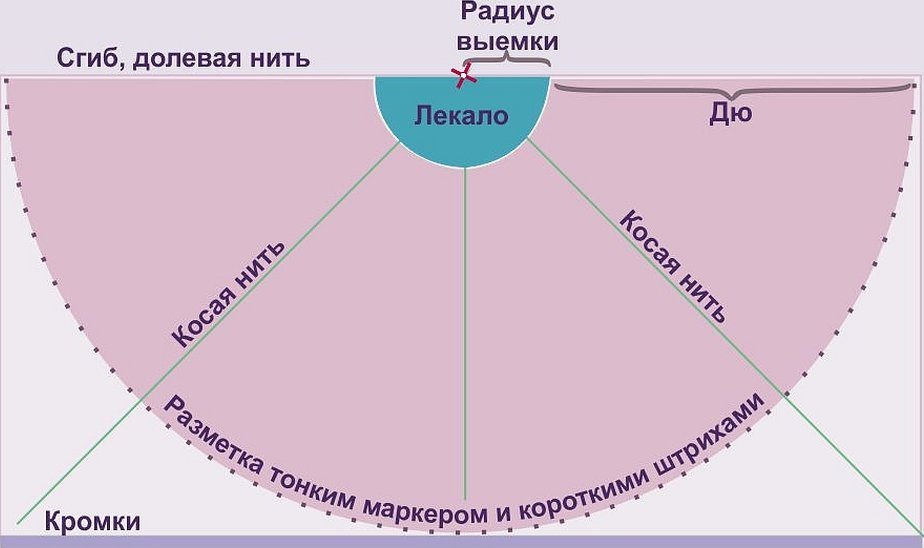
After preparing the pattern, you can start sewing. The finished parts of the product are machine-stitched and you get a practically finished product. The elastic is either sewn into the belt and becomes invisible or stitched along the upper edge of the fabric. Then the product is tried on and if the length and fit are satisfactory, the lower seam is stitched. Using the finished patterns, you can also sew a sun skirt later.
Additional information. For beginners in needlework, it is better to choose a plain fabric to make it easier to join the seams.
Long skirt with elastic band
This wardrobe item will suit tall and slender girls. At the same time, a more interesting option would be to make a shorter lining under the top layer of translucent fabric.
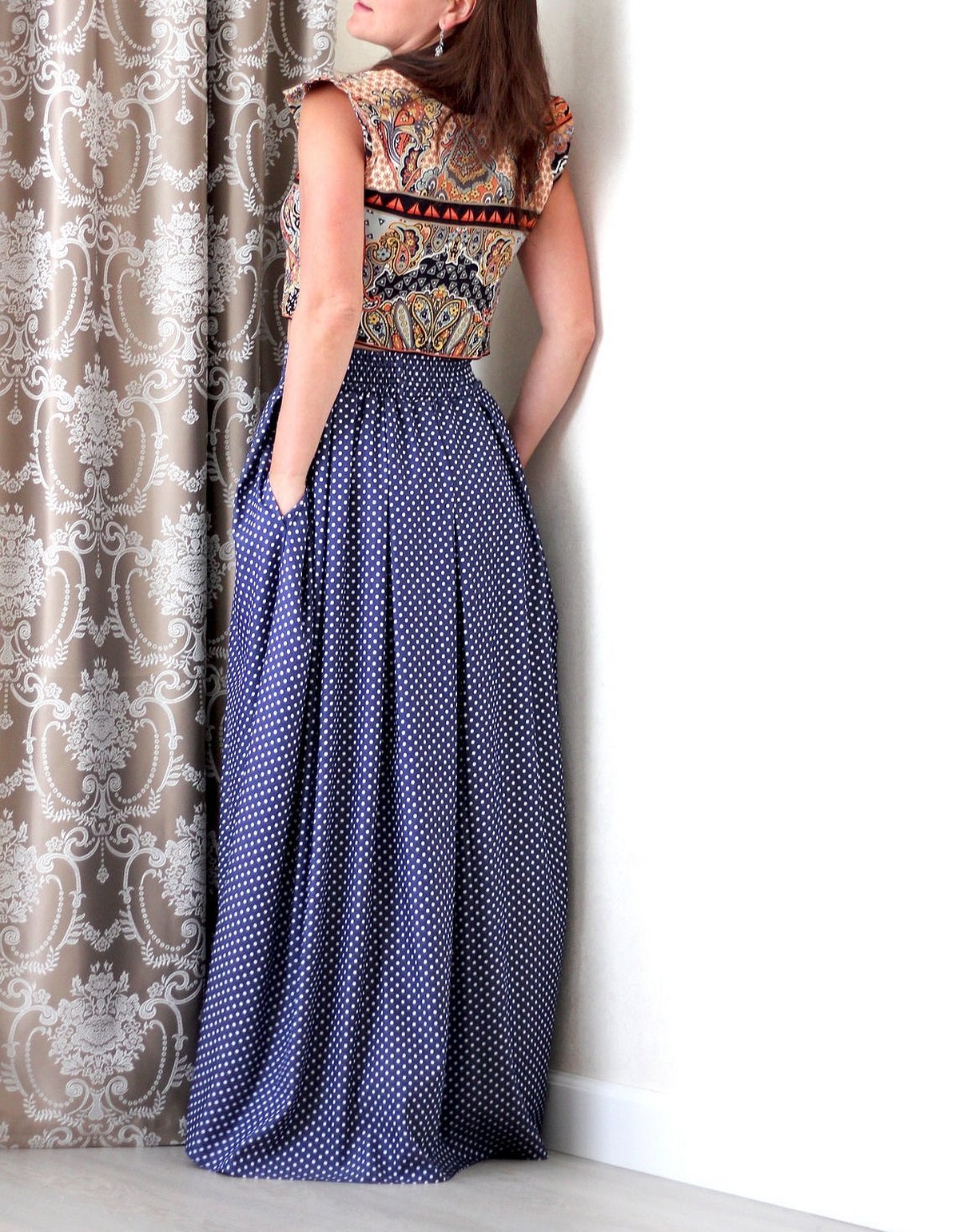
The pattern of such an accessory is quite simple to make. It is made similarly to making a half-sun, only the length of the finished product changes. This must be taken into account when cutting. Otherwise, all the sewing stages are performed in the same way.
DIY Tatyana Skirt
The easiest and fastest sewing option is the trapezoid shape, which will look good in any combination of clothes. The pattern should be made immediately on the selected material. This will require several measurements: hip circumference and product length.
After that, a rectangle is cut out of the fabric according to the obtained dimensions. For fluffiness, you can multiply the OB by 1.6. The resulting blank is sewn and an elastic band is attached to it. If everything turned out correctly, then you can start processing the edges.
Skirt for girls
In fact, a children's skirt differs from an adult's only in its size, so it needs to be sewn in the same way. In doing so, you should follow some recommendations:
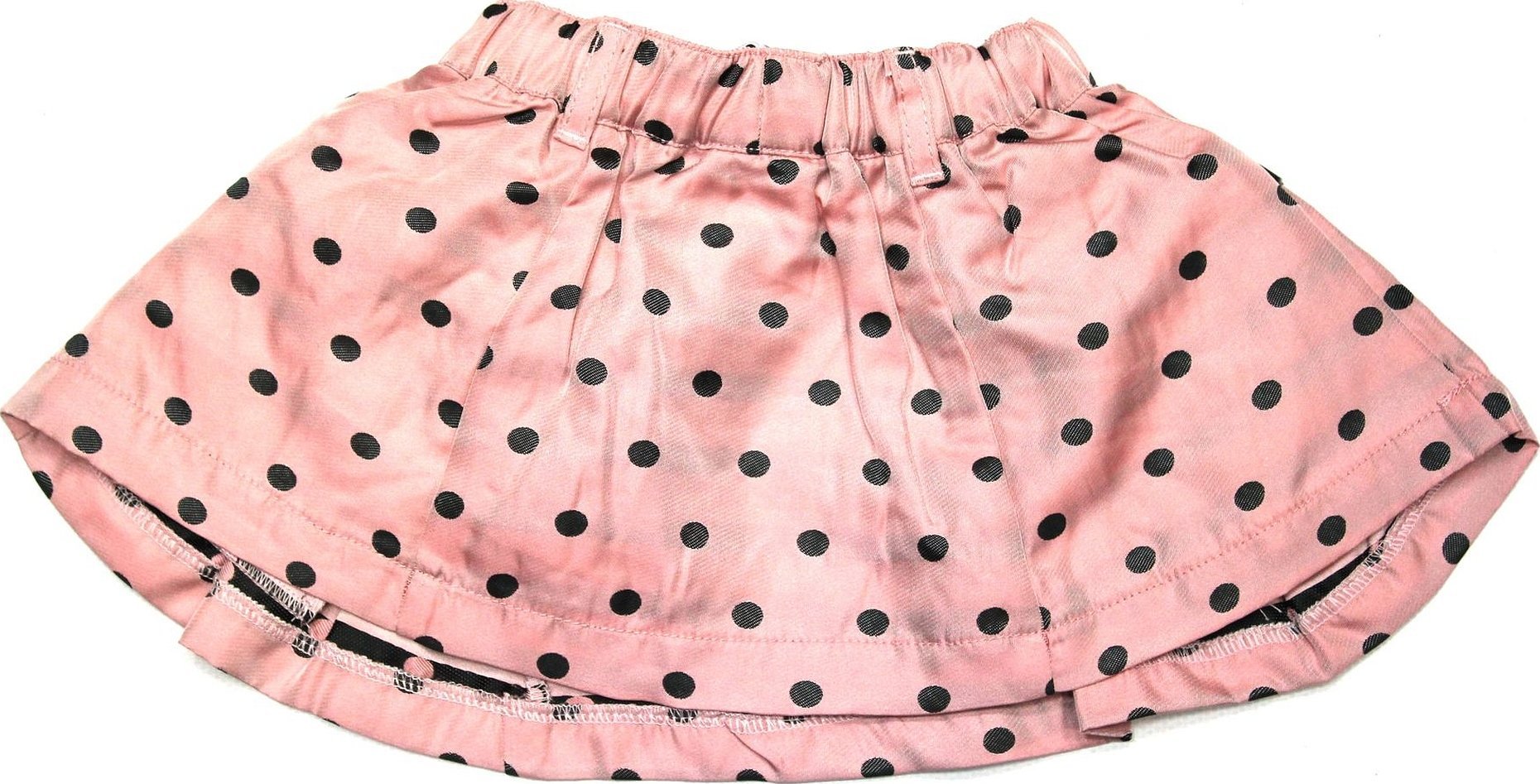
- The best options would be the half-sun and Tatyana models.
- For a children's skirt, it is better to choose bright fabrics.
- You can add prints, bows and other decorative embellishments to the finished product.
Sew elastic to the waistline
There are several ways to sew elastic to the fabric at the waist:
- Manually or with a sewing machine. This method will create soft folds on the fabric. A line is marked on the material where the belt will be sewn on. The elastic is measured at the waist with a slight tension, cut to the obtained length and connected into a ring. Then, with uniform tension, it is sewn to the product.
- Assembly with a drawstring. To do this, a strip of fabric is sewn along the waist, into which an elastic band is threaded, fastened first at the back, then at the front.
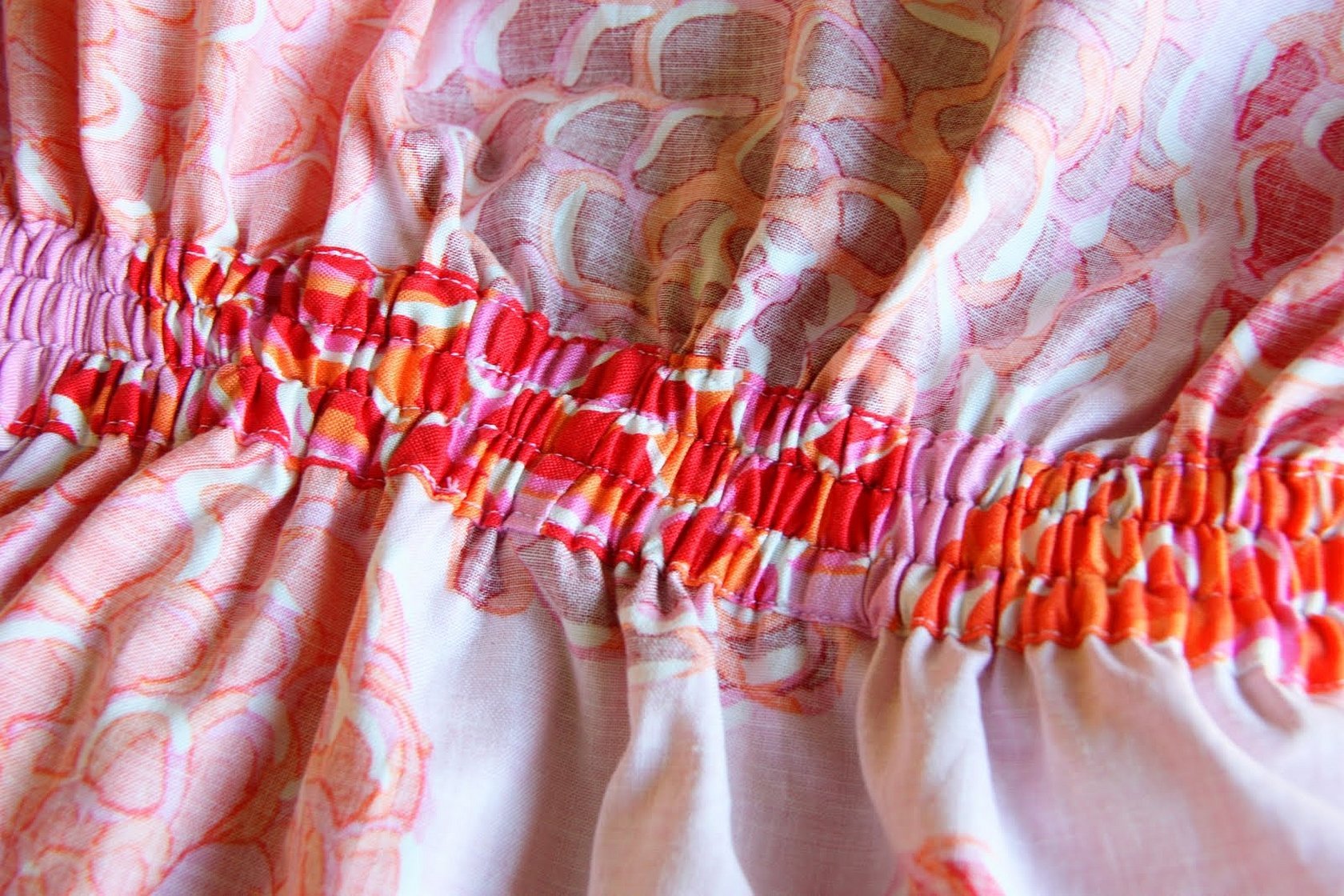
Sew an elastic band instead of a belt
If you choose the option in which the elastic is sewn on instead of the belt, then this must be done in the following sequence:
- The elastic is applied to the front side of the fabric.
- In several places and always at the beginning and end, the elastic is fixed to the material. At the same time, it is slightly stretched to make the skirt easier to put on.
- When all the preparatory stages are completed, the belt is sewn to the skirt by machine or by hand.

Following all the recommendations, it is easy to sew a skirt with your own hands. After gaining the necessary experience, you can begin to make more complex options that will not differ in any way from things sold in stores.




